12 Of The World’s Most Dangerous Beaches + 3 You Should Never Set Foot On
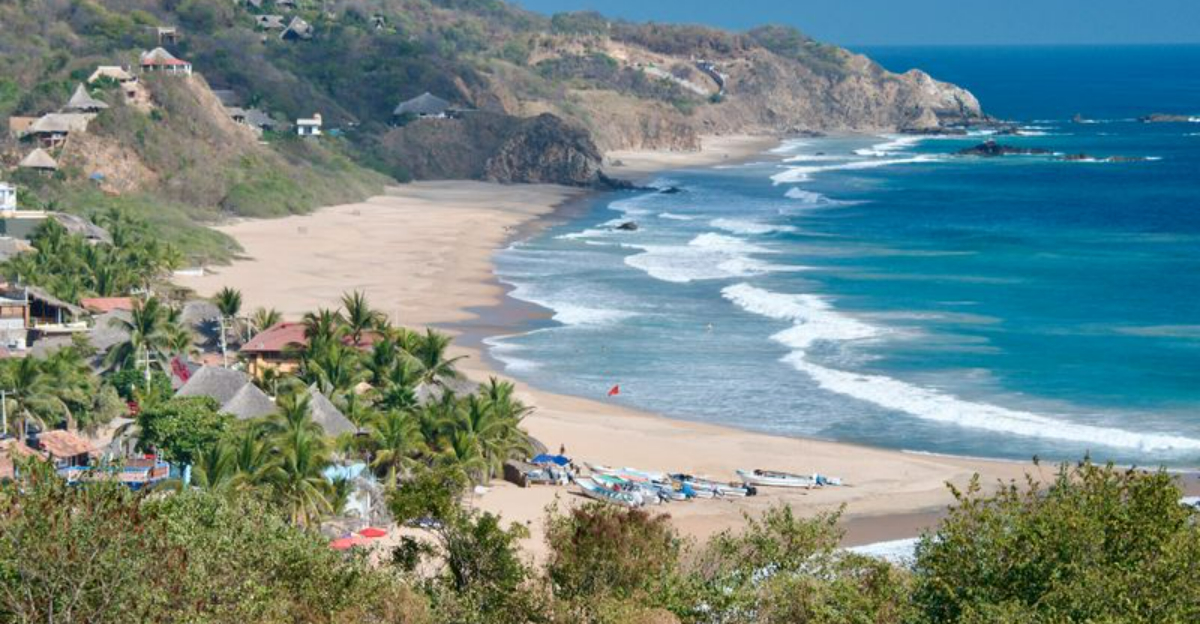
Ever dreamed of a perfect beach day only to discover hidden dangers lurking beneath the surface? While beaches are typically places of relaxation and fun, some coastlines harbor serious threats to visitors.
From deadly rip currents and shark-infested waters to radioactive sand and toxic pollution, these beaches prove that paradise isn’t always what it seems.
1. New Smyrna Beach, Florida: Shark Attack Capital
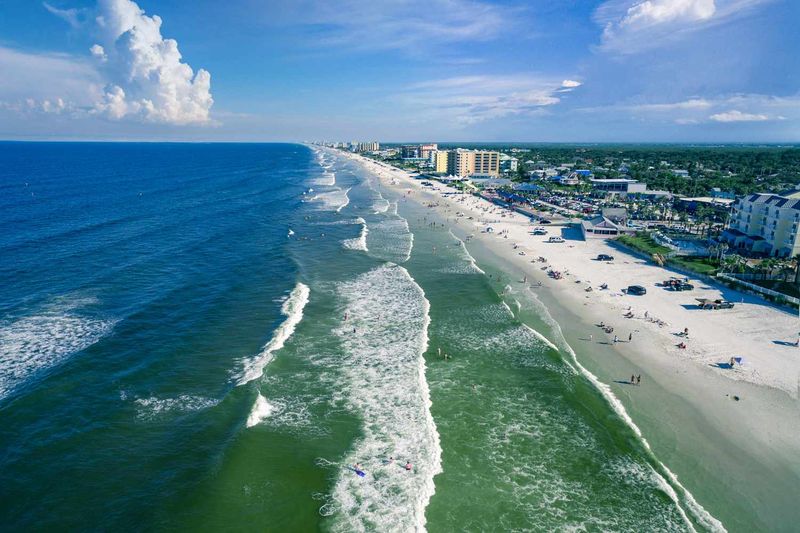
More shark attacks happen here than anywhere else on Earth. The murky waters and abundant fish create perfect hunting conditions for sharks, especially bull sharks and blacktips who often mistake splashing swimmers for prey.
If you’re brave enough to swim here, stay close to shore and avoid dawn and dusk when sharks feed most actively. Local surfers joke about their “shark bite badges of honor” – not exactly the souvenir most visitors want!
Lifeguards constantly scan the waters and will clear the beach at the first sign of shark activity, but attacks still occur with alarming frequency.
2. Fraser Island, Australia: Where Beauty Meets Danger
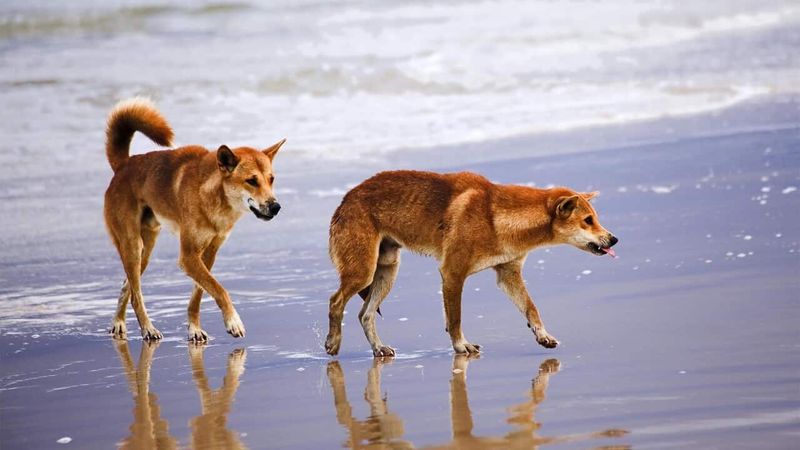
Beyond its stunning landscapes lurk multiple threats that make this UNESCO World Heritage site unexpectedly hazardous. The surrounding waters contain deadly box jellyfish, aggressive tiger sharks, and powerful rip currents that can sweep away even strong swimmers.
On land, wild dingoes have been known to attack visitors, especially children left unattended. The island’s pristine lakes might look inviting, but some harbor dangerous bacteria. Many tourists ignore warning signs, believing accidents only happen to others.
Rangers patrol regularly, but Fraser Island’s remote nature means emergency help can be hours away when something goes wrong.
3. Hanakapiai Beach, Hawaii: The No-Swim Paradise
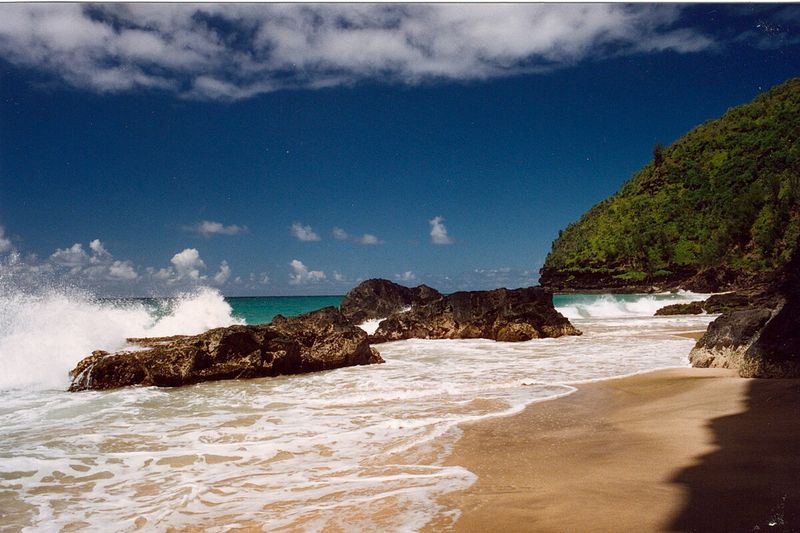
Hidden at the end of a challenging two-mile hike along Kauai’s Na Pali Coast, this beach’s beauty masks deadly power. A sign tallying drowning victims serves as a grim reminder of the treacherous conditions – over 80 people have lost their lives here.
Rogue waves can appear without warning, and the beach lacks protective coral reefs to break incoming swells. Powerful rip currents form channels that pull swimmers straight out to sea, with the nearest safe harbor being six miles away.
Many victims were experienced swimmers who underestimated the ocean’s strength. Some bodies were never recovered, swept away by currents that can reach speeds of 6-8 knots.
4. Cape Tribulation, Australia: Where Two Deadly Ecosystems Meet
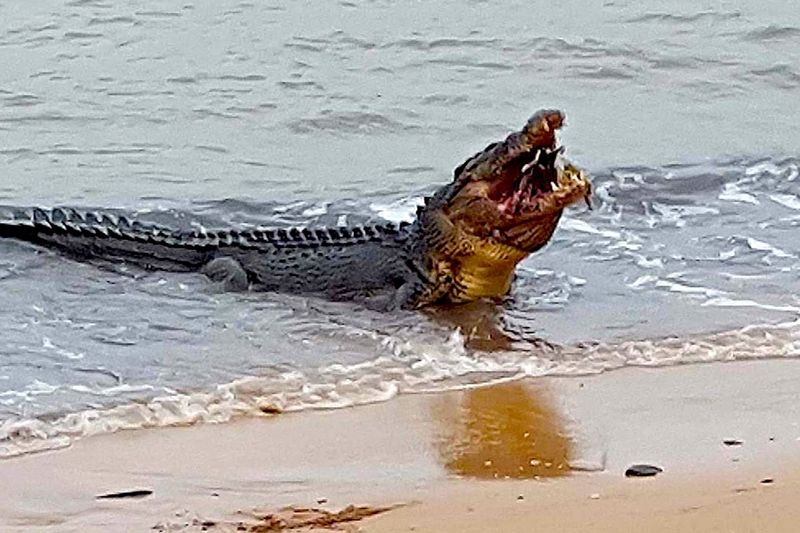
You’ll find yourself caught between two lethal worlds at this ironically named beach. The rainforest meets the sea here, creating a uniquely dangerous environment where both saltwater crocodiles and box jellyfish thrive.
During summer months, the waters become particularly hazardous as box jellyfish – whose venom can kill within minutes – breed in large numbers. Signs warning “DANGER: Crocodiles” aren’t just for show, these prehistoric predators regularly patrol these shores looking for food.
Despite the risks, many tourists still wade into these waters. The beach’s remote location means medical help is often too far away to save victims of either croc attacks or jellyfish stings.
5. Uttakleiv Beach, Norway: Arctic Beauty with Deadly Temperatures
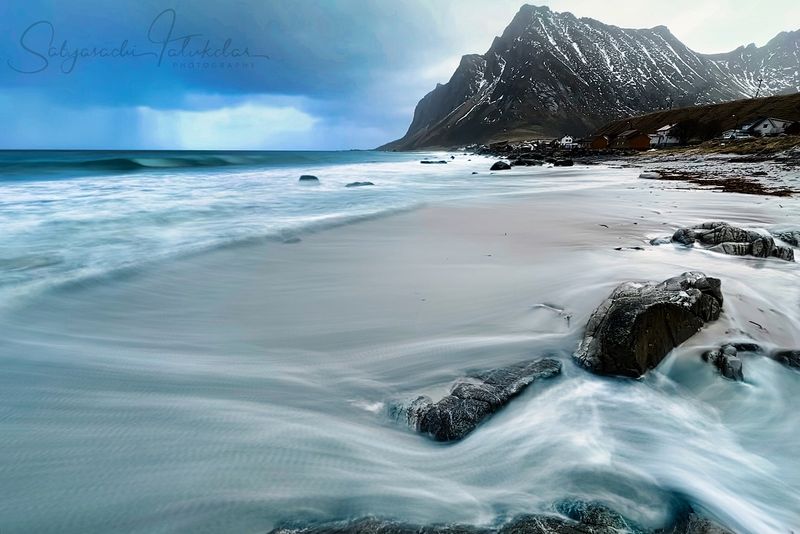
Famous for its northern lights views and heart-shaped rock, this Arctic beach conceals life-threatening cold that can kill within minutes. Water temperatures rarely exceed 50°F even in summer, and hypothermia can set in after just 15 minutes of exposure.
Powerful Arctic storms arrive with little warning, creating massive waves that have swept unsuspecting visitors off coastal rocks. The remote location means emergency services can take hours to reach someone in trouble. Many photographers fixated on capturing the perfect aurora shot ignore the dangerous conditions around them.
Several tourists have died here not from drowning but from exposure after becoming disoriented in sudden fog or snowstorms.
6. Playa Zipolite, Mexico: The Beach of the Dead
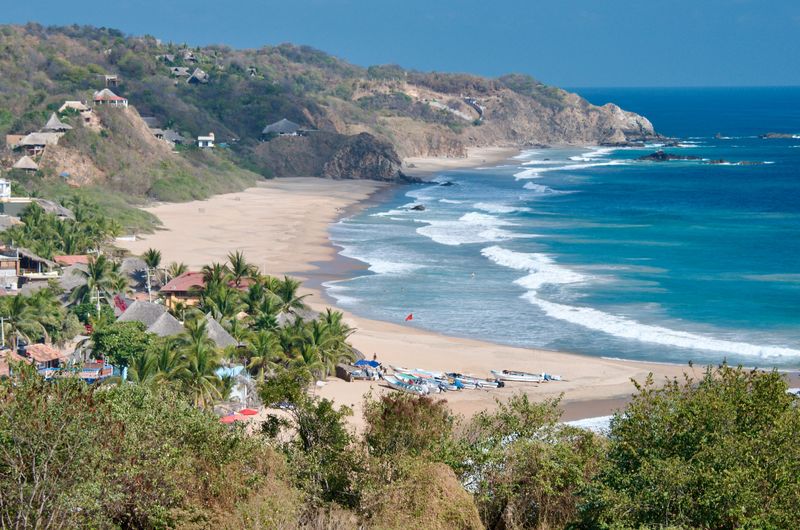
Known locally as the “Beach of the Dead,” this Mexican shoreline earned its ominous nickname honestly. Strong underwater currents and a steep ocean floor drop-off create perfect conditions for powerful rip currents that have claimed hundreds of lives.
The beach’s reputation as a free-spirited haven attracts visitors who often underestimate its dangers while enjoying its clothing-optional culture. Lifeguards now patrol regularly, but rescue equipment remains limited. What makes Zipolite particularly treacherous is how quickly conditions can change.
Calm morning waters can transform into dangerous swells by afternoon, catching swimmers off guard when they least expect trouble. Always check with locals before entering these deceptively beautiful waters.
7. Gansbaai, South Africa: Great White Shark Central
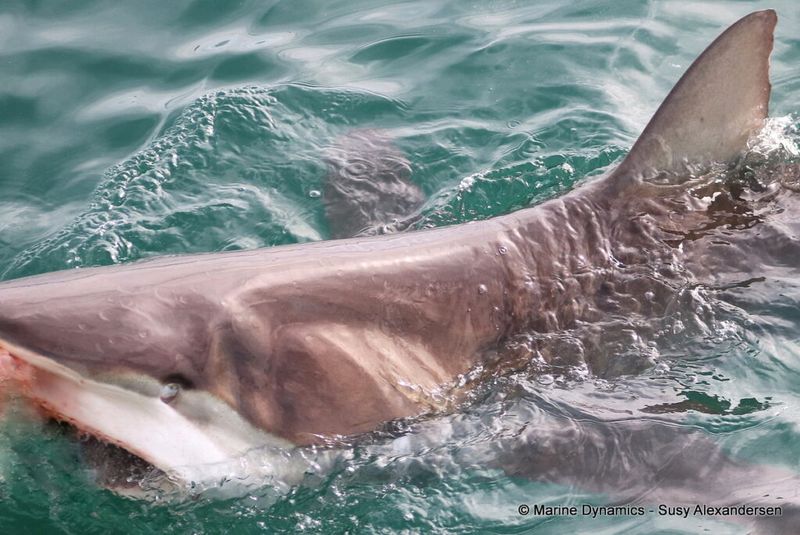
Nicknamed “Shark Alley,” these waters between Dyer Island and Geyser Rock host the world’s densest population of great white sharks. The channel teems with these apex predators year-round due to the 60,000 seals that live nearby – their favorite food. Ironically, this danger has created a thriving shark cage diving industry.
Thousands of tourists deliberately enter these waters each year to see these massive predators up close. The beach itself appears inviting, but swimming here without protection is essentially offering yourself as bait. Marine biologists study these waters to understand shark behavior, but even they maintain strict safety protocols.
Great whites here have been measured at over 20 feet long – larger than those found almost anywhere else on Earth.
8. Reunion Island: Shark Attack Epidemic
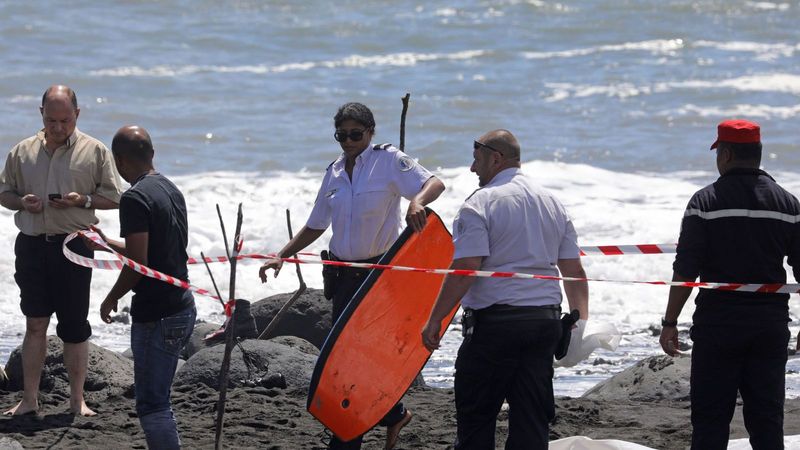
Once a surfer’s paradise, this French territory in the Indian Ocean has been devastated by an unprecedented series of shark attacks. Since 2011, the island has recorded 30+ attacks with 11 fatalities, giving it the highest shark attack rate per capita worldwide.
Authorities have tried everything from culling programs to nets, but attacks continue. Most beaches now display permanent red flags indicating swimming and surfing are forbidden. The economic impact has been severe as tourism plummeted.
Scientists remain puzzled by the sudden increase in aggressive shark behavior here. Theories range from overfishing disrupting marine ecosystems to a nearby marine reserve inadvertently creating a shark sanctuary. Local surfers who still brave these waters are considered either courageous or foolhardy.
9. Chowpatty Beach, Mumbai: Pollution Nightmare
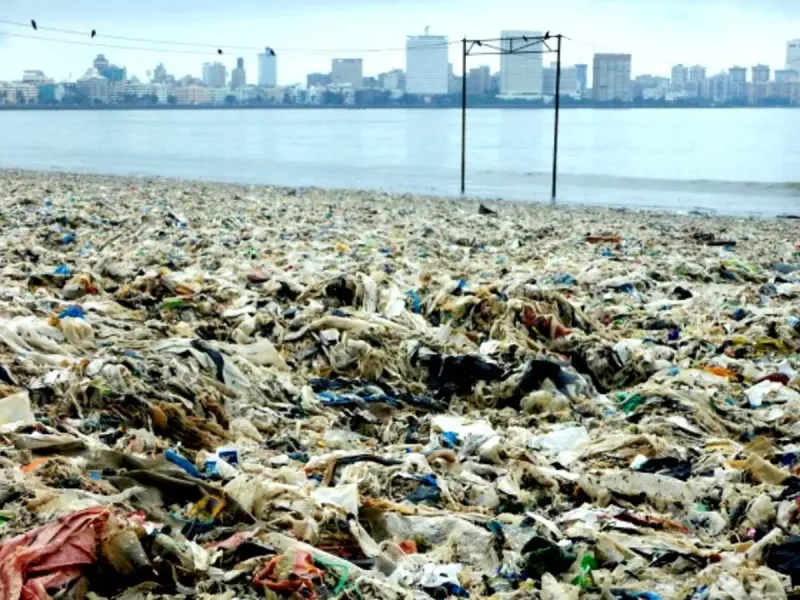
Millions of Mumbai residents still flock to this beach despite it ranking among the world’s most polluted shorelines. Raw sewage, industrial waste, and household garbage flow directly into these waters, creating a toxic soup that can cause serious illness from mere contact.
During religious festivals, the pollution worsens as thousands of plaster idols containing lead and mercury are immersed here. Tests have revealed dangerous levels of fecal coliform bacteria – over 100 times safety limits – along with heavy metals and other contaminants.
Cleanup efforts repeatedly fail due to the sheer volume of daily pollution. The most hazardous time to visit is after monsoon rains when sewer systems overflow and wash additional waste onto the shore.
10. Kilauea Black Sand Beach, Hawaii: Volcanic Hazards
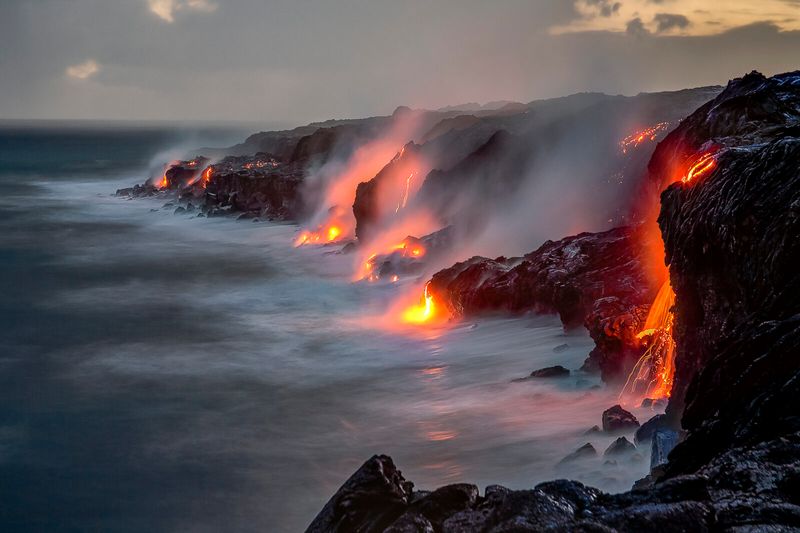
Walking barefoot here could literally melt your soles. This striking black sand beach sits at the base of one of Earth’s most active volcanoes, where new land is constantly being created as lava meets ocean.
The dramatic collision produces beautiful but deadly lava haze (“laze”) – a toxic plume containing hydrochloric acid and fine glass particles that can cause severe respiratory problems and chemical burns. Sudden bench collapses are another deadly threat as newly formed land can break off without warning.
Thermal vents beneath the sand can reach temperatures exceeding 200°F, creating dangerous hot spots. Rangers regularly close sections of the beach when volcanic activity increases, but some thrill-seekers ignore barriers to get closer to nature’s awesome power.
11. Copacabana Beach, Brazil: Tourist Target Zone
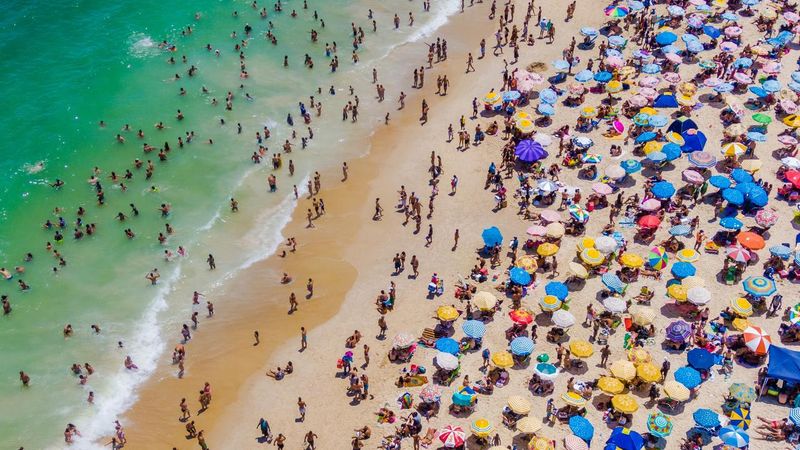
Behind the glamorous reputation of Rio’s famous beach lurks a crime problem so severe that special tourist police units patrol constantly. Theft occurs with shocking frequency – sometimes hundreds of incidents daily during peak season.
Criminals work in organized groups using children as distractions or lookouts while accomplices snatch valuables. More concerning are the “arrastões” or mass robberies where dozens of thieves sweep across sections of beach simultaneously, overwhelming victims and security alike.
The danger increases significantly after dark or when venturing to less crowded sections. Despite the risks, millions still visit annually, drawn by Copacabana’s iconic status. Smart travelers leave valuables at their hotels and remain vigilant, especially during crowded events.
12. Schitovaya Bukhta, Russia: Radioactive Retreat
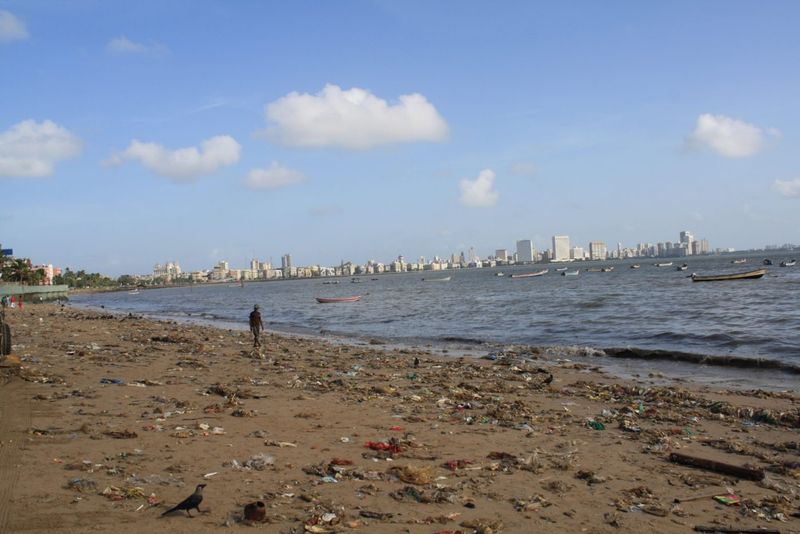
Few beaches threaten your health at the cellular level like this contaminated cove near Vladivostok. For decades, the Soviet Navy dumped radioactive waste from nuclear submarines directly into this bay, creating a shoreline where Geiger counters spike to alarming levels.
The sand contains radioactive isotopes with half-lives of thousands of years. Despite clear dangers, no permanent barriers prevent access, and some locals still fish these waters and picnic on the contaminated shore, either unaware of or dismissing the invisible threat.
Authorities occasionally post warning signs, but they often disappear. Environmental activists have documented radiation levels 20+ times normal background radiation. The beach’s remote location and stunning natural beauty unfortunately continue attracting unsuspecting visitors.
13. NEVER VISIT: Bikini Atoll, Marshall Islands
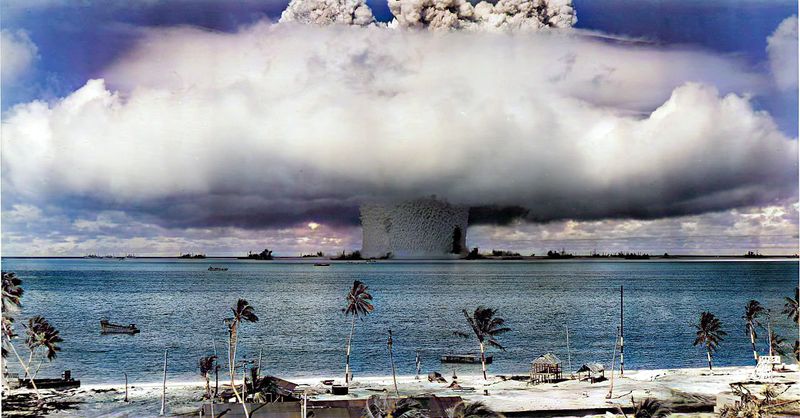
Ground zero for 23 nuclear tests between 1946-1958, including the devastating Castle Bravo hydrogen bomb, this once-paradise remains dangerously radioactive. The 15-megaton blast vaporized entire islands and contaminated the region with plutonium that will remain deadly for thousands of years.
Despite some tour companies promoting “safe” visits, scientists confirm that consuming anything grown here could cause serious health problems. Radiation levels in some areas still exceed 1000 times normal background radiation.
Some former residents attempted to return in the 1970s but were re-evacuated when tests showed alarming radiation in their bodies. The lagoon’s shipwrecks attract divers, but spending even limited time here exposes visitors to unnecessary radiation risks.
14. NEVER VISIT: North Sentinel Island Beach, India
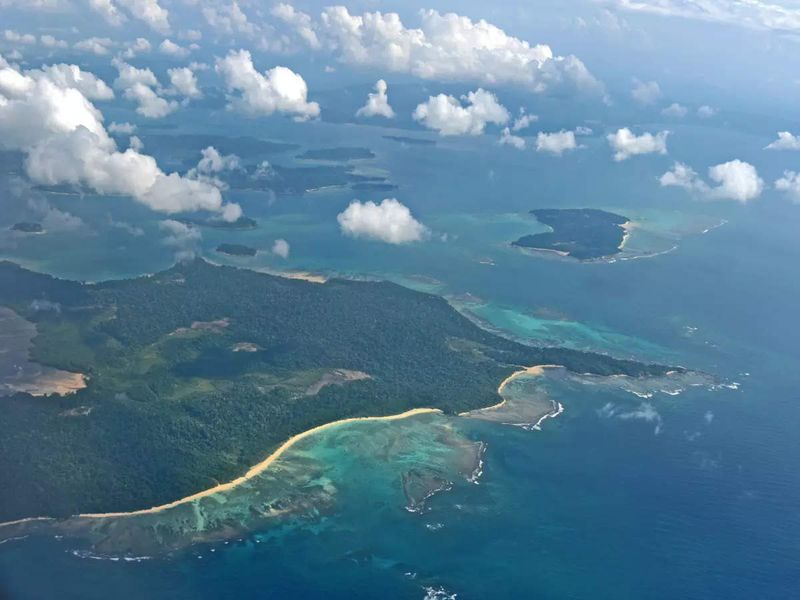
The danger here isn’t environmental but human – specifically the Sentinelese tribe who violently reject all contact with outsiders. After surviving in isolation for an estimated 60,000 years, they view any visitors as existential threats and respond with deadly force.
In 2018, American missionary John Allen Chau was killed with arrows when attempting to reach the island. The Indian government strictly prohibits any approach within 3 nautical miles of the shoreline, both to protect visitors and preserve the tribe’s autonomy.
The tribe lacks immunity to common diseases, meaning even peaceful contact could devastate their population. Approaching this beach isn’t just dangerous – it’s illegal. Military patrols enforce the exclusion zone, though occasional poachers still risk entry despite the dual threats of arrest and violent tribal response.
15. NEVER VISIT: Heard Island Beach, Australia
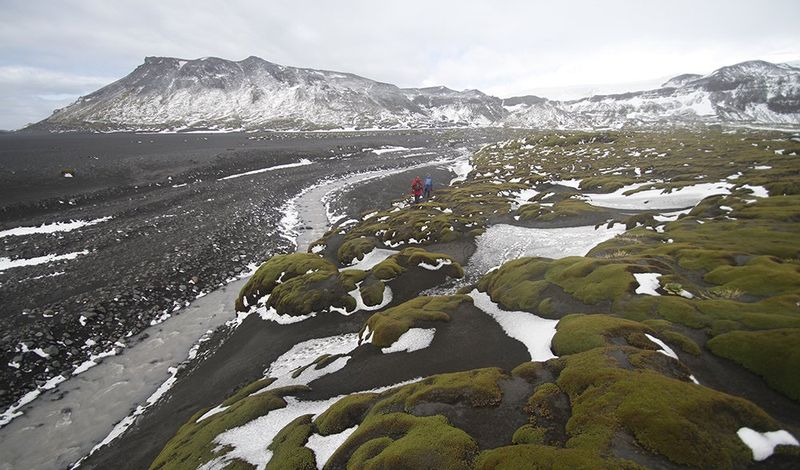
One of Earth’s most remote and hostile beaches sits on this sub-Antarctic island dominated by an active volcano. The combination of isolation, extreme weather, and volcanic activity makes this possibly the world’s most dangerous beach to visit without professional support.
Located 2,500 miles southwest of Perth, help is days away if anything goes wrong. Temperatures rarely exceed freezing, and katabatic winds can reach 200 mph with almost no warning. The beach itself consists of volcanic rock and glacial runoff rather than sand. Landing permits require extensive safety plans and insurance.
The surrounding waters host leopard seals – aggressive predators known to attack humans. Even scientific expeditions limit their time here due to the extreme isolation and unpredictable volcanic activity from Big Ben, the 9,000-foot active volcano looming overhead.
